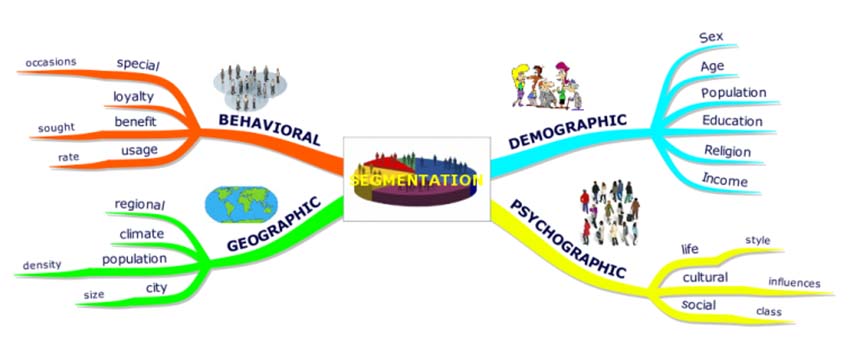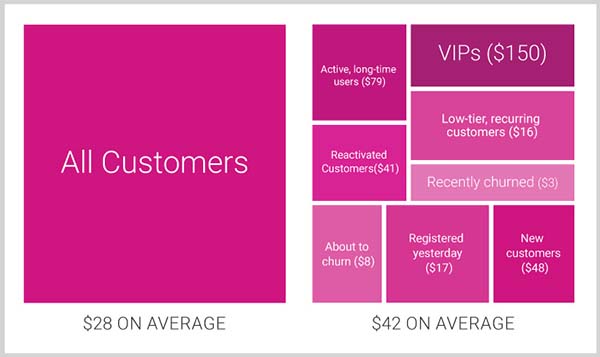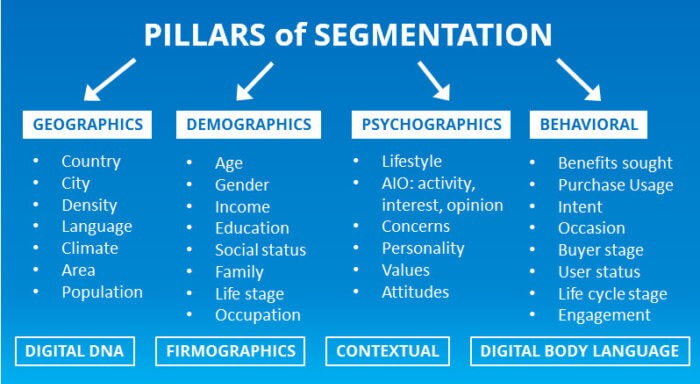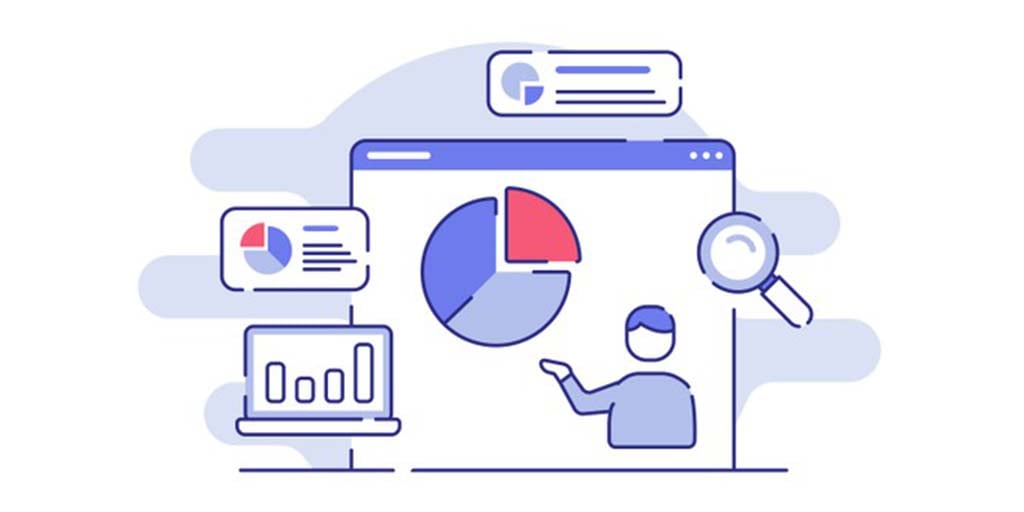
There is a fierce competition for attention in your subscribers’ inbox. Now! is the perfect time to make your emails effectively deliver more value.
Segmentation is a seemingly simple but extremely powerful mechanism. Many are already segmenting to some extent, but how about taking advantage of more advanced email segmentation?
Email marketing segmentation: The art of thinking in groups
Email marketing segmentation is the art of thinking in groups. You have to realize that your email list consists of different kind of people, with different behavior, profiles, and interests. But if your subscribers are so different, why treat them all the same? The solution is splitting your email list into groups that are alike (let’s call them segments).
Now we can approach each email segment in a way that is right for them. An insurance company, for instance, would have very different emails already only based on age, family composition, and car ownership. Each group deserves a different email stream, with proper content and offers. No need to talk about car insurance if you don’t own a car. That is what basic segmentation allows you to do, as long as you have the groups identified.
Better email marketing segmentation means that you look beyond what you think is obvious. For example, instead of making the emails fit with the current place of your subscriber in the customer lifecycle and what they are currently buying, it can also be made to appeal to their future or aspirational self; the person they want to be seen as – a tactic that has shown big success for many Luxury brands. Another example is using negative data, a preference in Brand or topic X that indicates a disinterest in Y.
The main business drivers behind segmentation
So what are the main drivers to start with smarter segmentation? Of course, subscribers appreciate getting better targetted and tailored emails. If an email is relevant, it makes for a better customer experience. But we also want to see business goals being met. More profit!
Segmented campaigns perform better. According to DMA, marketers have found a 760% increase in email revenue from segmented campaigns. This makes perfect sense: The more relevant the message, the more likely your subscriber is to act on it.
So, segmented and targeted email campaigns generate a much higher uplift compared to the results of a blanket, spray-and-pray email campaigns. This image from a research by Optimove shows how that works. Imagine segmenting and targeting all customers and then calculating the average customer value.

The segmented group had an average of $42 per customer, compared to $28 when unsegmented. What you see in this overview of (RFM) segmented groups is that the group VIPs is the most profitable with $150, very different than the “recently churned” group with $3. Not all groups are created equal. By naming the groups you understand that it is pretty silly to send everyone the same campaigns.
Because of email marketing segmentation, the average value per customer goes up. This results in a far more successful email marketing program. The research from Optimove found that the smaller the target group, the larger the uplift. For example, targetted campaign to groups with up to 150 customers had at least a $1.90 uplift per customer, while target groups of 1,500+ had an uplift of at most $0.50 (almost a 4:1 ratio). This could make me eager to Shrink my Segments, the ultimate goal of the elusive “segment of one”.
Look beyond segmentation for increased results
There is an overwhelming number of ways you can segment your list. Still, it is not only the segmentation that is going make the impact. If your marketing messages are highly segmented but badly executed, they will end up being highly segmented highly targeted lousy emails.
Segmentation Model x Execution = Combined Impact
Making your email segmentation more sophisticated is one of the ways to make a better match between your email campaigns and your subscribers. Crafting a sharper email or better use of the segmentation data (for instance more creatively) can be another. The end goal is to bring a plus to the bottom line while retaining ROI. So the segmentation model needs to have enough impact and represent viable groups of sufficient size.
Pillars of Segmentation: Layered email marketing Segmentation Models
Email marketing segmentation doesn’t stop at selecting group A or B. Once you start layering segmentation criteria, the possibilities are almost endless. It is only limited by the available data. That is why we create segmentation models. All the data in your database – or even combined, derived or external data – can be used to create these segmentation models. There are what I like to call the Pillars of Segmentation – these describe the types of Data and Segmentation that can be used and then combined to create your models.

Segmentation can be based on all types of data, including:
- Geographics (Location and related data)
- Demographics and Profile (age, gender, social status)
- Psychographics (lifestyle and AIO, meaning Attitudes, Interests, and Opinions)
- Behavioural (Purchases, opens, clicks, website browsing, etc)
Attention all email marketers: If you have behavioral data available, it is extremely important not to let this go to waste. It might be a bit harder to get that data prepped for marketing purposes, but once it is set-up it can be a great indicator for future interests and behavior. By sorting past orders and purchases by category, price range, etc a whole new plethora of segmentation options opens up.
Increase in email marketing revenues
An example of huge increases in revenue by segmentation comes from Totes Isotoner Corp. They noticed that a lot of online shoppers repeatedly visited just a single product category: umbrellas, gloves, or boots. They decided to pitch these consumers with segmented email marketing campaigns focussed on the categories that were visited. The email offers brought many of the “lookers” actively clicking and buying.
Data can be combined or layered to achieve the level of targeting needed. For instance sending an invitation for a popconcert, we select the people that live close to the location and have indicated that they like that type of music. We add a focus on one of the artists that are performing at the concert if they bought a song or browsed the artist’s page recently. Of course, we send a very different promotion to the group that is more interested in a very different type of music.
Advanced email segmentation
More advanced email segmentation campaigns make use of combined or derived data to go a step further. For instance segmentation on Customer Lifetime Value, crafting Buyer Personas or propensity modeling.
Segmenting on Customer lifetime value
For instance, the customer lifetime value can be on of the segmentation criteria. It takes multiple pieces of purchase, costs and profile data to make such a calculation. But after you have calculated customer lifetime value it is possible to target your best customers, exclude your worst customers or craft specific campaigns for the part of the email list with the highest potential for growth.
Predicting future behavior with propensity models
A group of statistical methods and scorecards that is used to predict future behaviour of customers. This behaviour includes the likeliness to respond to different types of offers, risk of churn, cross and upsell possibilities, etc. Now you might be thinking: how advanced and sophisticated should I make my segmentation? This differs from case to case. Let me give you an example.
An example of email marketing segmentation
An online fashion retailer, for instance, can get great results segmenting on gender. Showing the men’s items to men and women’s’ items to women. But if they combine it with size and style preferences they can level up to even better results. Offering the right sizes on the landing pages and excluding sizes not in stock. Offering casual, business, and other styles the recipient is most likely to buy.
Adding the amount someone is likely to spend can furthermore increase results. Send sales emails to coupon clippers and VIP invites to exclusive high-end shoppers.
Excluding the ones that just recently purchased and offering them an alternative makes those email more effective for that group.
Choose your segmentation model based on impact
Now which of those (or combination) has the highest impact per recipient affected? And which has the biggest impact on bottom line total revenue? Yes, some segmentations can be very costly to realize. If you are playing around with segmentation models, try creating a grid of segmentation options, costs versus their impact to find the “Quick win” and “build upon” segmentation models. Then test and improve upon it before making it your base and your running further segmented campaigns.
Segmentation as a part of the email marketing plan
Every time you select a group from your email database, it’s email marketing segmentation. This is a seemingly simple but extremely powerful mechanism. An email marketer can slice and dice his list and craft messages that fit the segments, ultimately lifting results. Segmentation should, therefore, be a part of every healthy email marketing strategy.
By Jordie van Rijn
Article from emailmonday






